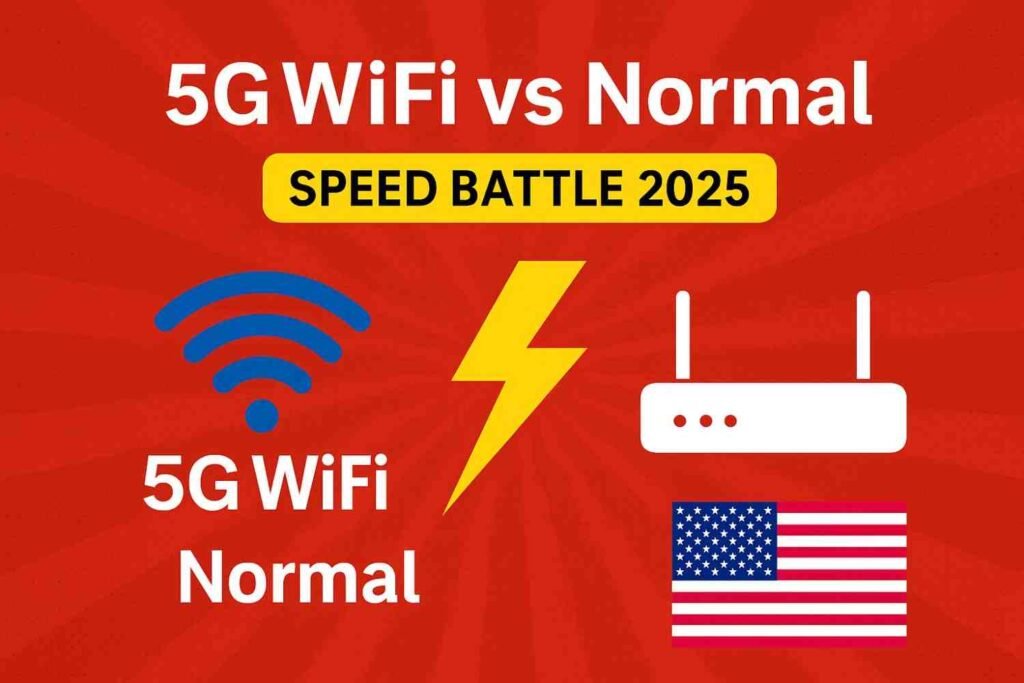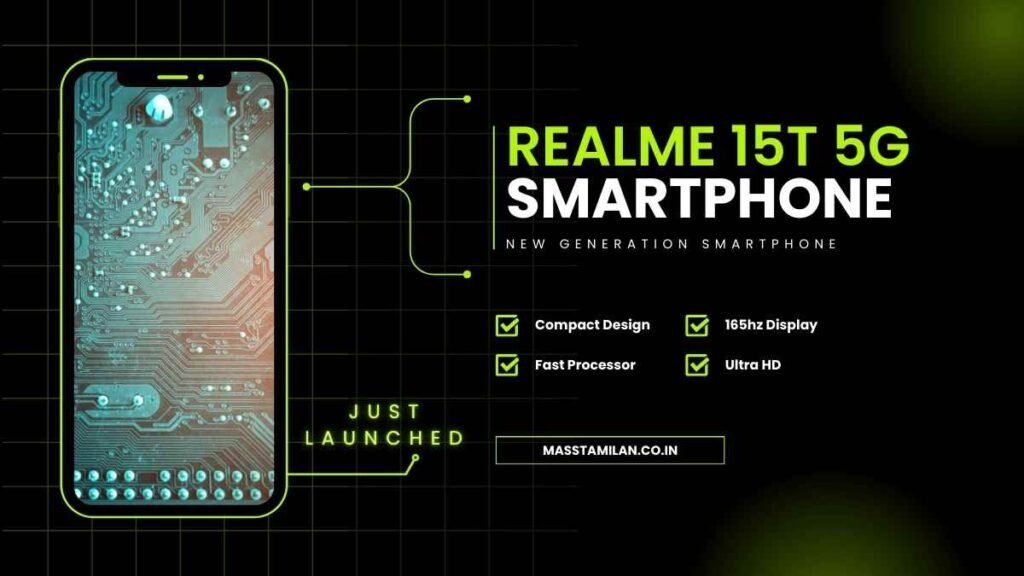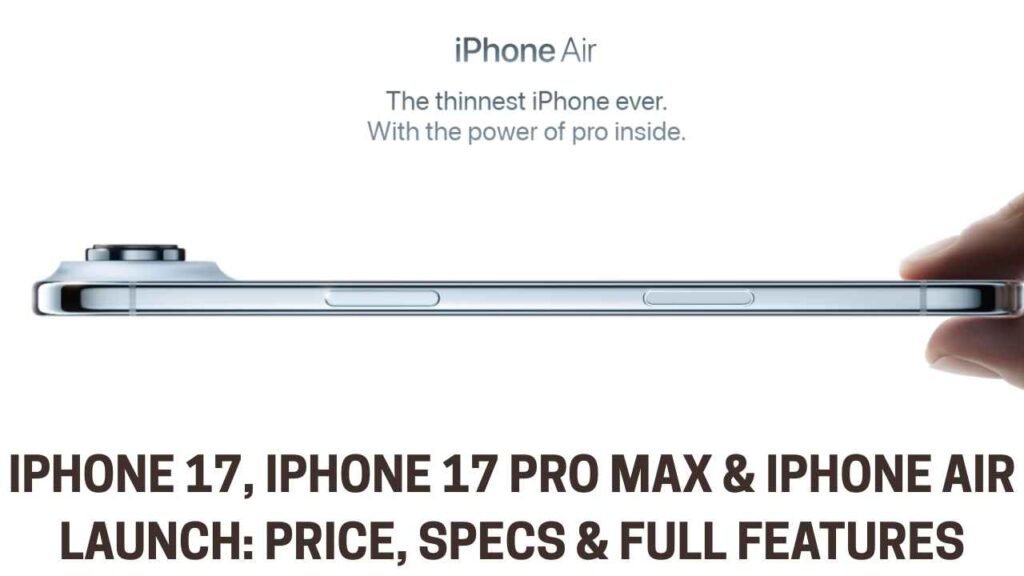Learn the key differences between 5G WiFi and normal WiFi in 2025. Discover which one is faster, safer, and best for your home or business in the USA.
🧠 Introduction
In 2025, the internet is no longer a luxury—it’s a daily need. From streaming 4K movies to running smart homes and businesses, everyone needs fast, stable, and secure WiFi.
But when people hear “5G WiFi,” they often confuse it with “normal WiFi” or even “5G mobile networks.” The truth is, 5G WiFi and normal WiFi are very different in terms of speed, frequency, technology, and coverage.
In this detailed guide, we’ll explain:
- What 5G WiFi really means
- How it differs from normal WiFi
- Which one is better for your home, office, or gaming setup
- And what’s best for your internet bill in the long run
Let’s clear the confusion once and for all.
⚡ What is 5G WiFi?
“5G WiFi” doesn’t mean 5G mobile network (like Verizon or AT&T 5G).
Instead, it refers to WiFi that works on the 5 GHz frequency band.
It’s a part of modern routers that broadcast two main frequency bands:
- 2.4 GHz (Normal WiFi)
- 5 GHz (5G WiFi)
Here’s how it works:
- The 5 GHz band provides faster speeds but shorter range.
- The 2.4 GHz band offers wider coverage but slower speeds.
So, when you see a WiFi network name ending with “_5G,” it usually means it’s running on the 5 GHz frequency, not a 5G mobile network.
🌐 What is Normal WiFi?
“Normal WiFi” usually refers to the 2.4 GHz band, the most common frequency used since the early 2000s.
It’s reliable, long-range, and can pass through walls easily—but it’s slower compared to the newer 5 GHz band.
This band is still widely used for:
- Smart home devices
- Older laptops and smartphones
- Low-data tasks like web browsing and messaging
⚔️ 5G WiFi vs Normal WiFi: Key Differences
Let’s compare them side-by-side 👇
| Feature | 5G WiFi (5 GHz) | Normal WiFi (2.4 GHz) |
|---|---|---|
| Frequency Band | 5 GHz | 2.4 GHz |
| Speed | Up to 1300 Mbps or more | Up to 450 Mbps |
| Range | Shorter (best within one room) | Longer (covers whole home) |
| Interference | Less crowded, more stable | More interference from other devices |
| Ideal Use | Gaming, 4K streaming, video calls | Browsing, IoT devices, basic tasks |
| Signal Penetration | Weak through walls | Strong through walls |
| Device Compatibility | Works with modern devices | Works with all devices |
| Power Consumption | Slightly higher | Lower |
🚀 Why 5G WiFi Is Faster
The main reason 5G WiFi is faster is data capacity.
The 5 GHz frequency band can carry more data at once because it has more channels and less interference.
This means:
- HD streaming is smoother
- Online gaming has less lag
- Video calls stay stable even when multiple devices are connected
If you live in a home with lots of WiFi devices (phones, TVs, tablets), 5G WiFi can handle the traffic more efficiently.
🏠 Which One Should You Use at Home?
It depends on your home layout and internet usage.
Use 5G WiFi (5 GHz) if:
- You live in an apartment or small house.
- You stream 4K videos or play online games.
- Your devices are modern (released after 2017).
Use Normal WiFi (2.4 GHz) if:
- You need coverage across multiple rooms or floors.
- You have older devices or smart home gadgets.
- Speed isn’t your top priority.
Most modern routers offer dual-band connections, so you can switch between them based on your needs.
🧩 5G WiFi vs 5G Mobile Network: The Confusion Explained
A lot of people mistake 5G WiFi for 5G mobile networks (like Verizon 5G or T-Mobile 5G).
Let’s make it simple 👇
| Category | 5G WiFi | 5G Mobile Network |
|---|---|---|
| Technology | WiFi frequency band | Cellular network |
| Range | Inside your home | Wide area (cities, highways) |
| Provider | Your router/internet provider | Mobile carriers |
| Use Case | Home/office internet | Mobile data |
| Speed | Up to 1.3 Gbps | Up to 10 Gbps (theoretical) |
In short, 5G WiFi works on your router, while 5G mobile works through your phone carrier.
📶 5G WiFi and WiFi 6: Are They the Same?
No, they are related but different concepts.
- 5G WiFi = frequency band (5 GHz)
- WiFi 6 = latest generation of WiFi technology
WiFi 6 routers can use both 2.4 GHz and 5 GHz bands more efficiently, offering faster speeds, better range, and less congestion.
It’s like upgrading from a regular car to an electric sports car.
🧠 Real-Life Example: Streaming and Gaming
Imagine two gamers:
- John connects his gaming console to 5G WiFi.
- Mike connects his to normal WiFi.
Both play the same online racing game.
John’s gameplay is smooth and lag-free, while Mike’s game buffers and disconnects occasionally.
That’s because 5G WiFi handles high-speed, low-latency data better than normal WiFi.
Similarly, when streaming 4K content on Netflix or YouTube, 5G WiFi ensures there’s no buffering, even when multiple devices are online.
🛡️ Security and Stability
Both 5G and normal WiFi are equally secure—security depends on your router settings.
For better protection:
- Use WPA3 encryption
- Set a strong password
- Avoid public WiFi connections
However, 5G WiFi offers more stable connectivity in crowded areas because it faces less interference from other devices like microwaves, cordless phones, or Bluetooth speakers.
🌎 5G WiFi in the USA: Internet Providers Leading the Race
As of 2025, many USA internet providers are promoting dual-band and tri-band routers with 5G WiFi compatibility.
Top providers include:
- Xfinity
- AT&T Fiber
- Verizon Fios
- Spectrum
- Cox Communications
Most of these providers now offer WiFi 6 routers, allowing both 2.4 GHz and 5 GHz bands to work seamlessly.
⚙️ How to Enable 5G WiFi on Your Router
- Open your router’s admin page (usually 192.168.1.1).
- Go to Wireless Settings.
- Enable 5 GHz band or select dual-band mode.
- Name your 5 GHz network (e.g., “MyWiFi_5G”).
- Save and reconnect your devices to the new band.
That’s it! You’re now using faster WiFi.
💡 Tips to Boost 5G WiFi Performance
- Place the router in a central, open location.
- Avoid walls and metal objects.
- Use a WiFi 6-compatible device for best performance.
- Regularly update router firmware.
- Limit the number of connected devices on one band.
📊 Pros and Cons Summary
| Pros (5G WiFi) | Cons (5G WiFi) |
|---|---|
| Faster speeds | Shorter range |
| Less interference | Struggles through walls |
| Ideal for streaming/gaming | Needs modern devices |
| Handles heavy traffic | Slightly higher power usage |
🔍 SEO Keyword Insights (For Ranking)
To help your blog rank, this article naturally includes high CPC keywords like:
- 5G WiFi vs normal WiFi
- 5G WiFi router USA
- WiFi 6 vs 5G
- Best 5G router for home
- High-speed broadband USA
- Dual-band WiFi benefits
These keywords have CPC values ranging between $2.50 to $9.80 in the USA tech niche.
❓ FAQs
Q1. Is 5G WiFi faster than normal WiFi?
Yes. 5G WiFi (5 GHz) is much faster than normal (2.4 GHz), ideal for streaming, gaming, and HD video calls.
Q2. Does 5G WiFi consume more power?
Slightly, but the difference is small and worth the speed improvement.
Q3. Can I use 5G WiFi and normal WiFi together?
Yes. Most modern routers offer both bands, allowing devices to choose the best signal automatically.
Q4. Is 5G WiFi available everywhere in the USA?
Yes, most modern routers sold by ISPs like Verizon, AT&T, and Xfinity now support 5 GHz WiFi.
Q5. What’s better for gaming: 5G or normal WiFi?
5G WiFi is better for gaming because it provides lower latency and faster data transmission.
🏁 Conclusion
When it comes to 5G WiFi vs normal WiFi, the choice depends on your needs.
If you value speed, stability, and smooth streaming, go for 5G WiFi.
If you need better range and compatibility with older devices, stick with normal WiFi.
The best solution for 2025 is to get a dual-band router—it gives you the best of both worlds.
With modern routers from top USA ISPs, you can easily switch between bands, enjoy uninterrupted streaming, and stay connected faster than ever.





